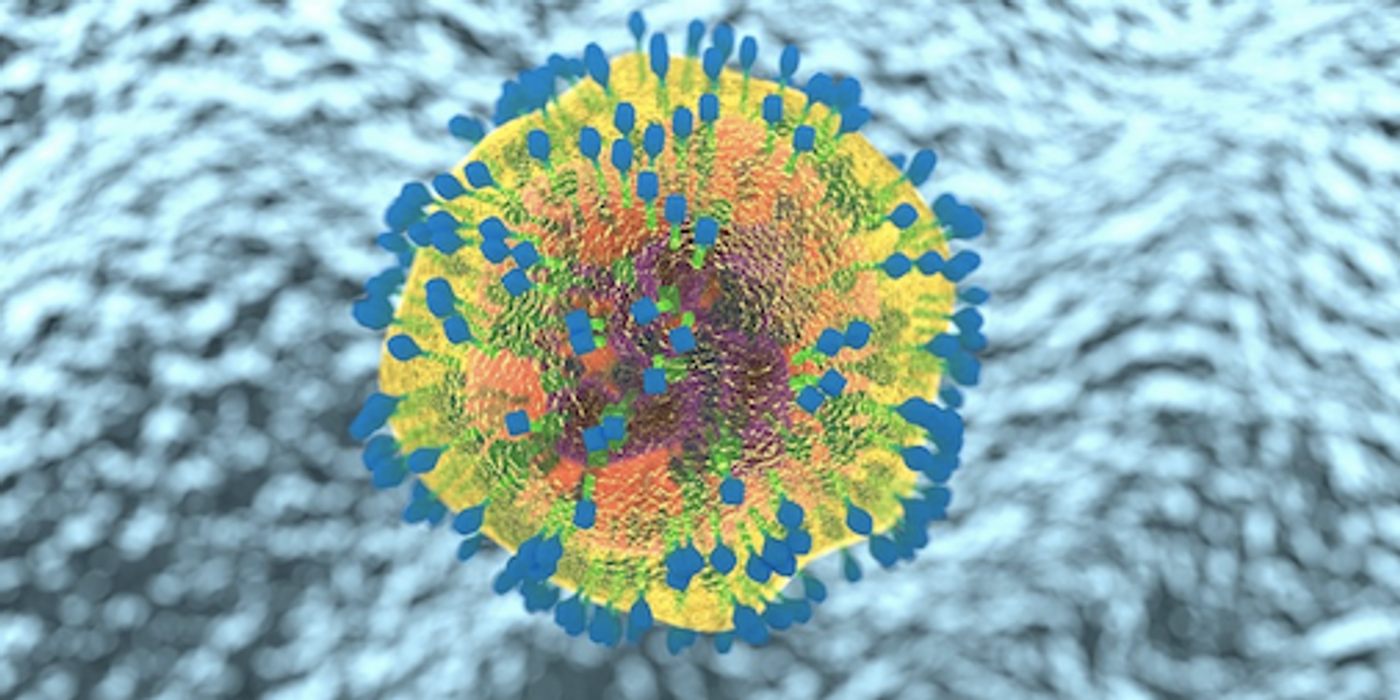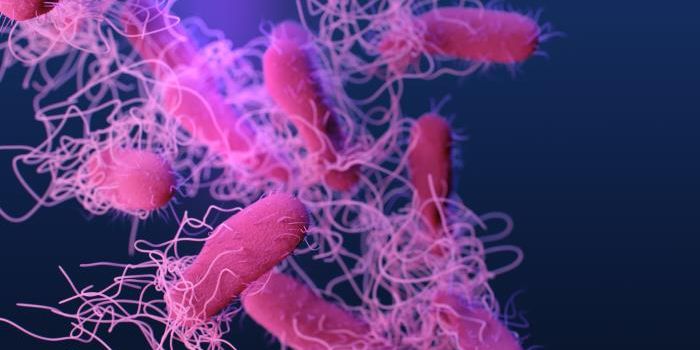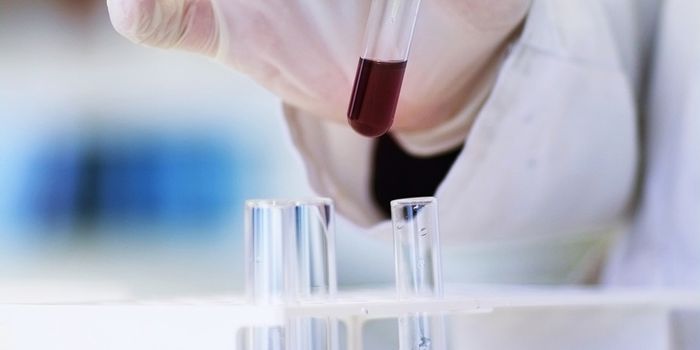A New Mechanism of Drug Resistance is Revealed
One way to combat the rise of antibiotic resistance is to find out how bacteria evade the effects of current drugs so that new therapeutics can be designed to be more effective. Researchers have uncovered one mechanism used by bacteria to get around a type of medicine called a non-ribosomal peptide antibiotic. That class of drug includes medications like polymyxin, vancomycin, and teixobactin; the majority of them contain D-amino acids (D-aa) and usually work well against bacteria that are resistant to many drugs.
Reporting in Nature Chemical Biology, scientists at Hong Kong University School of Science and Technology have found that a type of enzyme called a D-stereospecific peptidase is widely distributed throughout the environment, and has a lot of potential to empower bacteria to resist the effects of non-ribosomal peptide antibiotics.
"We applied an approach to 5,585 complete bacterial genomes spanning the entire domain of bacteria," explained lead author Pei-Yuan Qian, chair professor of the Division of Life Science, HKUST. "With subsequent chemical and enzymatic analyses, we demonstrated a mechanism of resistance toward non-ribosomal peptide antibiotics that is based on hydrolytic cleavage by D-stereo specific peptidases."
The investigators found a family of these D-stereospecific resistance peptidases (DRPs), which are present in the genomes of different species throughout nature. Investigators have determined that DRPs have been influential in combating commonly used antibiotics that contain D-aa, which enables their host to survive. That has been confirmed experimentally using CRISPR/Cas9 based gene editing as well as chemical and enzymatic analyses.
"Given the potential of DRPs for broad-spectrum resistance and their potential to target clinically important antibiotics containing D-aa, these widely distributed resistance genes are likely to be particularly dangerous if they are transferred to opportunistic pathogens," noted Prof. Qian. "The finding DRPs in nature constitute only the tip of the iceberg, which will lead to intense research on the use and development of peptide antibiotics to combat antibiotic resistance.'
A variety of approaches will be needed to successfully meet the challenges that will be presented by antibiotic-resistant pathogens, which already kill around 23,000 Americans every year. Even the United Nations has taken notice of the threat posed by antibiotic resistance in microbial pathogens, and warns that it is time to take action.
The video below discusses how peptide antibiotics work. In the video above, check out researcher at McGill University using imaging techniques to understand more about how enzymes that help create antibiotics function.
Sources: AAAS/Eurekalert! Via Hong Kong University, United Nations, Nature Chemical Biology









